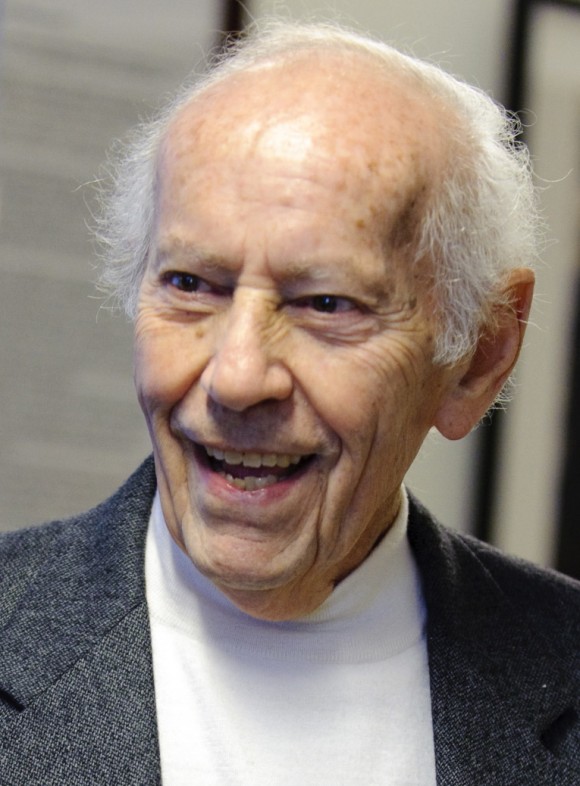Kristallnacht, November 9 – 10, 1938: A Night of Silence and Fear
November 3, 2014

Fasenenstrasse Synagogue, Berlin.
Kristallnacht
–the Night of Broken Glass, as the Nazis themselves chose to call it–refers to the organized violence that swept across Germany and Austria on the night of November 9 – 10, 1938 as Brown Shirts, members of the
Sturmabteiling
, dressed in civilian clothes, ransacked and destroyed Jewish shops and businesses. They desecrated and set synagogues ablaze. The next morning the evidence of what had occurred was everywhere, shards of glass on the streets from thousands of shattered windows and smoke in the air from still smoldering synagogues.
The Jews of Germany and Austria had already suffered much before this night of violence. The Third Reich had stripped them of fundamental human rights and simple human pleasures—from citizenship and the ability to practice their profession to sitting on a park bench or going to a restaurant.
Yet, nothing could have prepared the Jews for
Kristallnacht
. We now know the Nazi leadership had been waiting for an excuse to launch a national pogrom. The shooting of a German diplomat in Paris by a distraught German Jewish teenager provided them with the pretext to present orchestrated violence as spontaneous public demonstration.

On the morning of November 9, with no forewarning of what would occur later that day, Curt Lowens and his brother Heinz bicycled to their school. Late that afternoon, their school principal rushed into the classroom, telling them to leave for home immediately. The school was surrounded by dozens of Hitler Youth armed with clubs and stones. In his memoir,
Destination Questionmark
, Curt recounts: “We tried to avoid the clusters of the mob yelling and throwing stones, trying to pull us off the bikes. It was a very frightening situation. Nobody knew the reason behind the riot and nobody could guess the extent of it” (13). The next day Curt’s father was arrested and taken to the Sachsenhausen concentration camp. The Lowens had no idea how long he would be imprisoned or if he would ever return.
From Curt’s description and those of other survivors of
Kristallnacht
, we can imagine the sights and sounds of
Kristallnacht
. What is far more difficult to imagine is the fear that Curt, a boy not yet thirteen, felt. In a stunning description, Lucie Adelsberger, who experienced
Kristallnacht
and later survived Auschwitz, wrote, “Fear clings to the walls in your bedroom, crawls along the floor, and drips down from the ceiling; when you cross the threshold of your home, fear seizes you at the door and embraces you in an inescapable net. . . . Fear is all around you. . . . Fear has a beginning but no end” (
Auschwitz: A Doctor’s Story
, 9-10).
In our most fearful moments, we reach out for comfort to those around us. Fear shared is fear somehow lessened; fear borne alone generates even greater terror. In the aftermath of
Kristallnacht
, the Jews of Germany and Austria heard only silence from most of their non-Jewish neighbors. Nothing can change that, but as students from nearly a dozen religious traditions and organizations gather this Friday at 6:30 p.m. in our Fish Interfaith Center for an interfaith service commemorating
Kristallnacht
, we will remember not only the sound of breaking glass seventy- six years ago, but the enveloping and terrifying sound of silence. We will remember with the shared voices of our traditions and our humanity.
Join us November 7 at 6:30 p.m. in the Wallace All Faiths Chapel, Fish Interfaith Center.
Admission is free. No reservations required.
Read more about An Interfaith Service of Remembrance for Kristallnacht »
